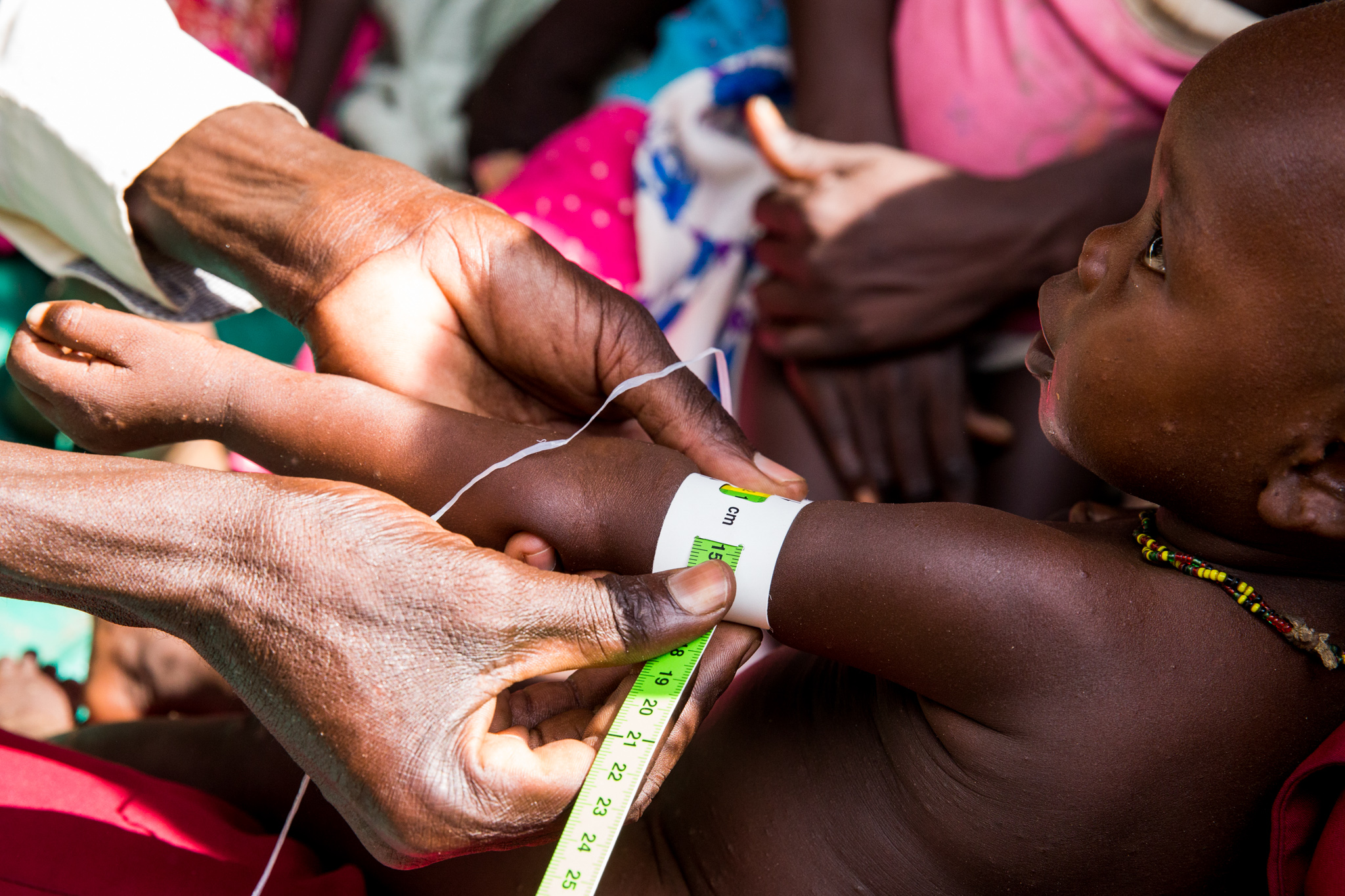15 Feb Linking agricultural conditions to childhood undernutrition
A study of infant malnutrition in the West African country of Burkina Faso has established a link between its prevalence and local agricultural conditions.
Climatic conditions play a major role in determining the performance of agricultural land and food production, with local and seasonal variation. The availability of food is an output of this performance, with clear implications for nutrition. In this study, the authors combined household nutrition surveys, malnutrition data and a remotely sensed drought indicator to investigate associations between agricultural conditions and malnutrition.
The Water Requirement Satisfaction Index (WRSI) combines precipitation, temperature, humidity, wind, and solar radiation data to ascertain whether the water needs of an area of cropland are being met. WRSI is a useful risk management tool employed in many parts of the world to study drought and crop yield.
Localised WRSI data was combined with household survey data from Burkina Faso, focusing on 1,721 children aged between 6 months and 2 years old. Around a third of the children were malnourished, as were a quarter of their mothers. Just 15% of the infants had achieved the WHO’s minimum dietary diversity standard over the 24 hours before the survey.
As found by previous studies, undernourished mothers were more likely to have undernourished children in their care. Low dietary diversity, recent diarrhoea, and lower education level of mothers were also associated with malnutrition.
The novel finding of this research was the association between higher WRSI values and reduced chances of malnutrition. These higher values, indicative of regions where the water needs of agricultural production were being met, were also associated with increased infant dietary diversity.
While better agricultural conditions could reasonably be expected to tally with greater food availability and thus reduced rates of malnutrition, studies that consider the interactions between agricultural production due to local climate and nutritional outcomes are rare. These results emphasise the interconnections in our food system – in this case, between rainfall and nutrient adequacy – that have a profound effect on the outcomes for people.






